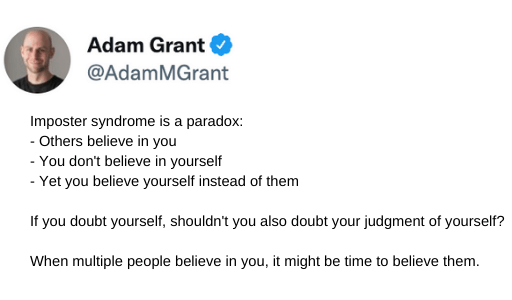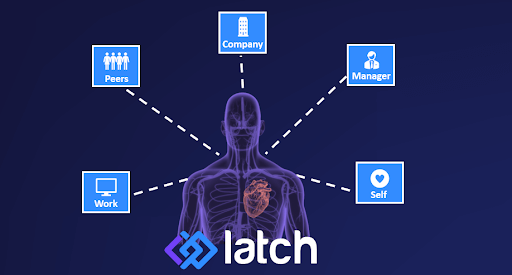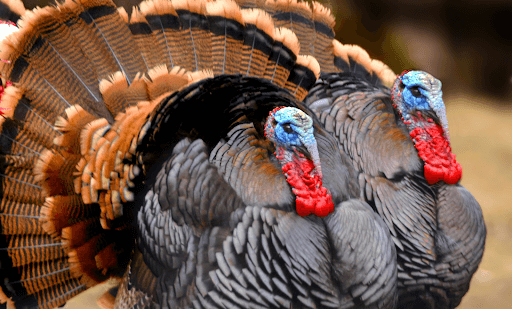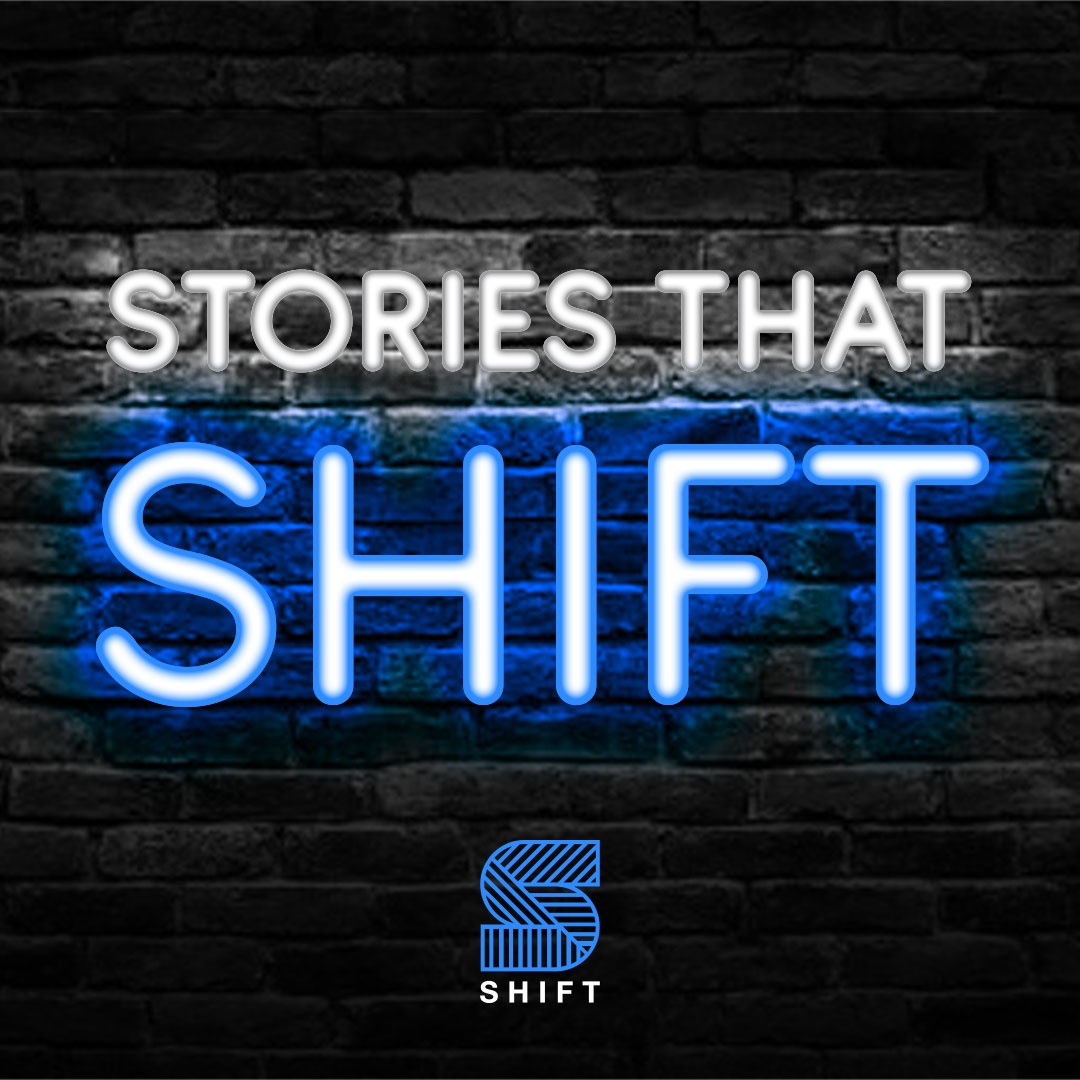Self-Doubt or Imposter Syndrome
Despite her success and worldwide fame, Whitney still wondered: Am I good enough? Am I pretty enough? Will they like me?
“It was the burden that made her great; and the part that caused her to stumble in the end.”
Kevin Costner reflects on his friend Whitney Houston during his emotional speech at her funeral (it’s 10 minutes in). He explains why they made her audition for the role in “The Bodyguard” and how he could feel the self-doubt, saying “arguably the biggest popstar in the world wasn’t sure if she was good enough.”
This raises the question of what is the difference between battling self-doubt and suffering from imposter syndrome?
In short, self-doubt is about your beliefs and what you can or can’t do, whereas imposter syndrome is driven by who you think you are or aren't.
All of us have experienced self-doubt and most of us have felt like an imposter at some point – over 70% of people. Among them? Leaders, celebrities, and everyone in between.
The good news: Adam Grant explains in his podcast how you can use your own self-doubt as fuel for success. We stand to gain more from embracing our insecurities rather than hiding from them.

Want more? Check these gems out:
- Business Insider – “7 Signs You Suffer From The Imposter Syndrome”
- The Cut – “25 Famous Women on Imposter Syndrome and Self-Doubt”
- Ayodeji Awosika – “How I Learned to Overcome Imposter Syndrome (and How You Can, Too)”
Value of Connection

Authentic connection leads to higher levels of engagement, and engagement drives performance.
Company culture is a shared experience – powered by authentic connection. There are five main connection points and all of them are important:
- Company – Employees thrive when they are clear on and inspired by where the company is going, how they will get there, and what’s most important along the way.
- Manager – Two-way trust and communication between managers and direct reports are critical to job satisfaction and higher performance.
- Peers – The new hybrid work structure has made it more difficult for coworkers, especially new hires, to connect authentically. But, when done right, that sense of belonging supercharges growth in all areas.
- Work – Many people are now doing the jobs of multiple people thanks to turnover, but no matter what, people need to be energized by what they spend their time doing.
- Self – People who truly know themselves are likely in roles that align with their values, and as a result, they are more engaged in their work and the success of the company.
Want an easy win to build connection -– immediately?
Help your team understand themselves and each other better.
For years, we’ve leveraged personality assessments for ourselves and our clients. One of our favorites is SHIFT DNA, a diagnostic tool that reveals how we behave, why we behave that way, and the drivers of decision making.
It gets an A+ because it allows:
- Individuals to know themselves better
- Teammates to understand each other better
- Managers to connect with their direct reports better
- Hiring Managers to hire better
If you're interested in exploring the SHIFT DNA assessment for you or your team, send us an email at team@shiftthework.com.
PS: In the spirit of connection, we'd be thrilled to connect with anyone who is interested in our latest job opening. We're looking to bring on a Business Development Manager who can lead the charge in our Latch BD efforts.
Gratitude for 37 Million Turkeys

It’s that time of the year again where nearly 37 million turkeys, or 591 million pounds, make their way to Thanksgiving tables across the United States.
Thanksgiving isn’t just a time for good food and family. It’s also a time where we give thanks for the many blessings in our lives.
While once a year is a good start, we know that giving thanks should be an active and consistent exercise. There’s an enormous amount of evidence that practicing gratitude regularly can boost health and well-being.
Glenn Fox, an expert in the science of gratitude at USC, found links between gratitude and brain structures tied to social bonding, reward, and stress relief. The list of benefits goes on – better sleep, reduced pain, lower inflammation, and blood pressure.
In short, being actively grateful will make you a happier person.
The Gratitude Experiment beautifully explains how we take things that make us happy for granted, and we ignore what makes us happy. Practicing gratitude helps us acknowledge what makes us happier, which makes us happier.
Here’s where you can start:
- Commit 5 minutes per day to write down what you’re grateful for. If you need more direction, create three columns: people, places, things.
- For the people you’re grateful for, write them a letter with specifics on what you’re thankful for about them.
- Write down how that process made you feel and repeat.
And about the 37 million turkeys: If the insane amount of turkey carnage bothers you (you’re not the only one), there are alternatives – like tofurky – it’s delicious!
Regardless of what you eat, who you’re with, or what you do on Thanksgiving, we wish you a great holiday full of joy, love, and endless heaps of gratitude.
Join our Stories that SHIFT Newsletter
Subscribe to get your weekly dose of inspiration, stories, resources, and entertainment delivered straight to your inbox every week. You’ll be happy you did!









